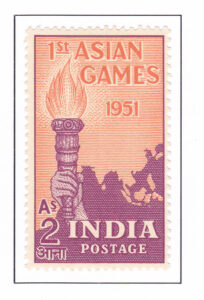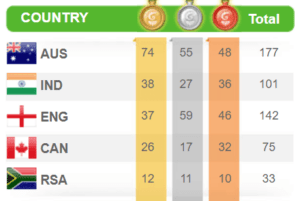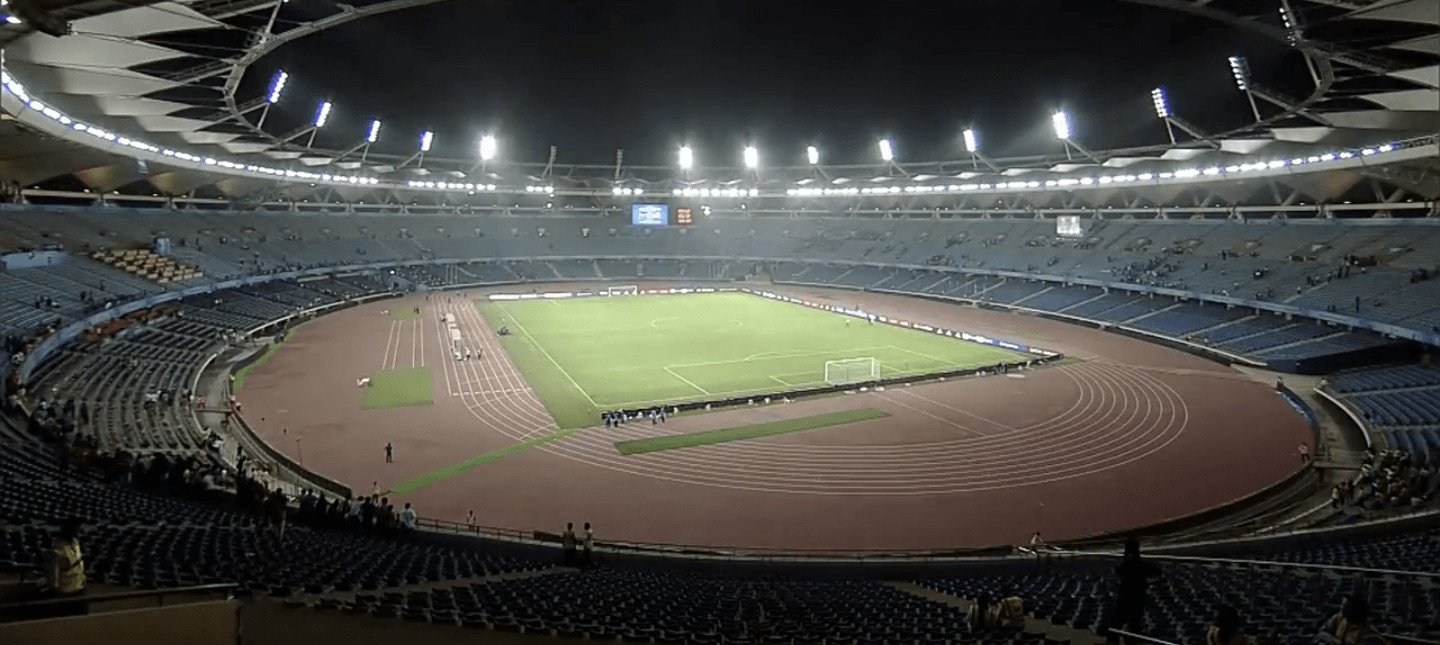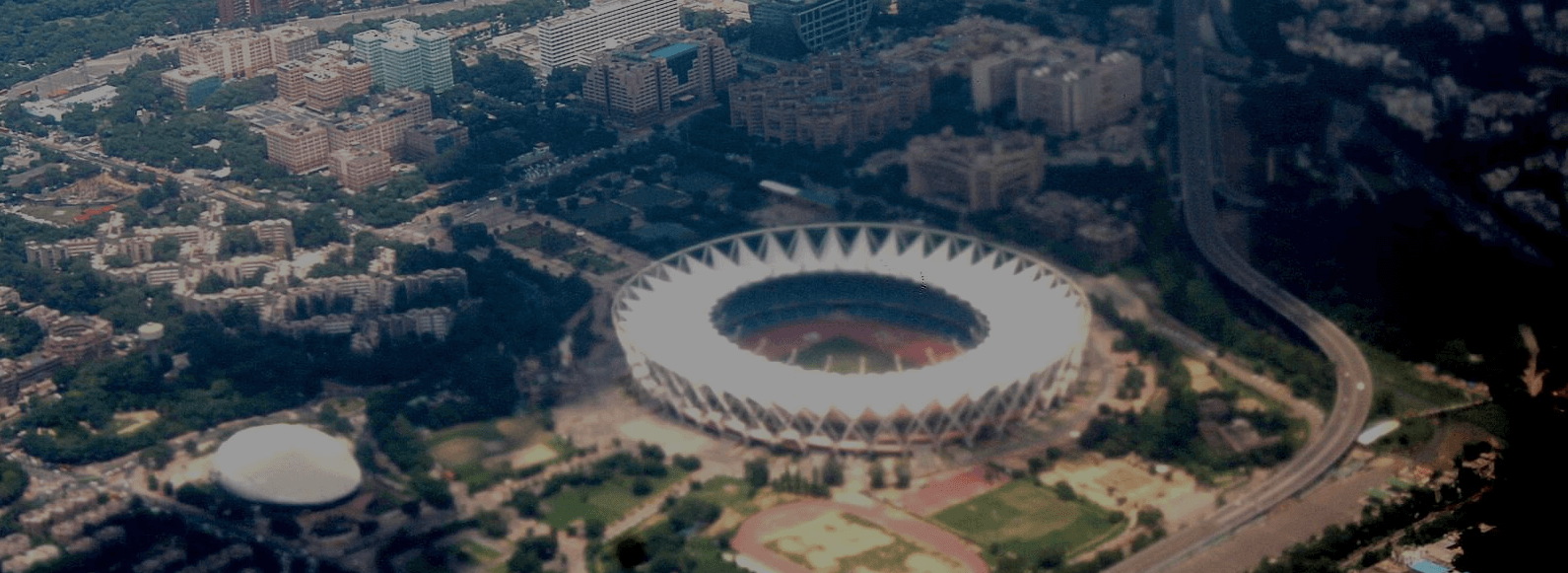Historically speaking, nations have used sport as a medium to showcase their culture, progress and development. Hosting multi-discipline international events like the Olympics, Asian Games or Commonwealth Games signals a country’s arrival as a global power. These are watershed moments in a host’s history — think of how Japan rose from the ashes of WWII and conducted the Summer Olympics in 1964, or when China came out of its self-imposed isolation and hosted it in 1990.
India also showed promise in this sphere post-independence. It conducted the inaugural Asian Games in 1951 and followed up by playing host again three decades later in 1982. The most recent major sporting event was the 2010 Commonwealth Games (CWG), held in Delhi from the 3rd to the 14th of October.
Unfortunately, the 2010 CWG is remembered not for its grandeur or the sporting prowess on display, but instead for its corruption scandals (read: Suresh Kalmadi) and contracting improprieties. The costs of hosting the Games went through the roof, with the estimated requirement ballooning from ₹550 crores to ₹11,500 crores, according to the then Union Sports Minister M.S. Gill.
Almost ₹650 crores of public funds were spent on the 2010 CWG towards erecting new sports structures and upgrading existing facilities in Delhi to meet international standards. These facilities represent a national commitment to improving the sports culture in India, serving a platform for athletes to train and for fans to come out in their support during events. Now, ten years hence, stadia stand tall in New Delhi, but they are used sparingly. The structures and their facilities have aged over time, requiring regular upkeep and refurbishments.
On that front, the 2020-21 Union Budget released by the Finance Minister in February was not very comforting: the allocation for the 2010 Commonwealth Games-SAI stadia renovation was reduced to ₹75 crores from the ₹96 crores set aside last year.
On top of this, the Sports Ministry has announced a massive renovation plan for upgrading the facilities and infrastructure that was built for the 2010 CWG. A tender at the cost of ₹8,000 crores was floated in June for renovating the Jawaharlal Nehru Stadium as well in a public-private-partnership mode.
India’s tenuous history with hosting events and building requisite infrastructure should give us a good context to assess the viability of this multi-crore makeover proposed for stadia in New Delhi.
India’s Late Start with Sports Infra

There was virtually no infrastructure built for mega sporting events in the pre-independence period. As India began rebuilding itself, developing sports infrastructure slowly assumed importance. Stadia for sports events were built when India hosted the first Asian Games in Delhi in 1951.
Although the inaugural meet was a small-scale affair, it provided the necessary impetus for ruling governments to seriously consider building infrastructure for hosting sports events. A major push in this direction came with India hosting the Asian Games for the second time in 1982.
While preparations were delayed thanks to the Emergency, the 1982 Asian Games was a lavish affair in New Delhi. Brand new structures for football, hockey and athletics — the most popular events at the time — were erected with major refurbishments being made to existing ones.
What we now know and visit as the Jawaharlal Nehru Stadium (JNS) had been constructed for the 1982 Games over a ten-acre piece of land. As the showpiece of the event, the JNS housed athletic synthetic tracks and an indoor complex for badminton, table tennis, volleyball, basketball and weightlifting. The Games Village, Indira Gandhi Indoor Stadium and Siri Fort Auditorium were all products of the same. The swimming pool complex in Talkatora was a notable addition to Delhi’s sports facilities; now named as the “Dr Shyama Prasad Mukherjee Swimming Pool Complex”, the 2010 Games’ water events were also held here.
The 1982 Games was a crowning achievement for the Delhi administration and a feather in the cap for the Prime Minister of the time, Indira Gandhi, who took a personal interest in ensuring that Delhi’s sports complexes met international standards and that the Games showcased India’s progress as a sporting power.
Beyond making Delhi the sports capital of India with its improved facilities, the 1982 Asian Games led to the overall development of the capital. Many of the fancy hotels, grand flyovers, wide roads and housing complexes that visitors associate with the city were planned for the event.
India also had the first taste of colour TV in 1982, with black-and-white Doordarshan began telecasting in colour overnight. This provided a sumptuous experience to viewers, with live colour broadcasts and a panel of expert commentators.
The Infra Story Post-1982: Remembering the CWG 2010
While there were a few international sports events in the ensuing years, New Delhi frequently conducted national sports meets in athletics, hockey, football, tennis and table tennis which put existing sports complexes to good use. The Union Government pulled all stops after the 1982 Asiad, expanding sport infrastructure and establishing Sports Authority of India (SAI) training and competition centers in major regions of the country.
As infrastructure improved in other parts of India and wear-and-tear began presenting itself in its unused facilities, New Delhi saw a lull in sports events. It was after 28 years that India finally put up a major sports show in the form of the 2010 Commonwealth Games.
Awarded to Delhi in 2003, the 2010 CWG was beset with problems right from the get-go. Security, health concerns, delayed and sub-standard construction bedeviled the capital’s preparation for hosting the event in October 2010. In July 2010, just a few months before the Games, the shooting range was damaged by heavy monsoon rain. Water also seeped through the walls and roofs of the Talkatora swimming pool complex.


To add to these woes, there was also an outbreak of dengue in the city. A footbridge outside the main stadium collapsed just one month before the event. Injuring 27 people, it laid the substandard construction bare for the world to see. Despite complications that go beyond the scope of this article, the 2010 Commonwealth Games went ahead as per schedule from October 3rd to 14th 2010.
Just after, in 2011, the CAG conducted a Performance and Compliance Audit on the Commonwealth Games and the Government of Delhi. The report is an eyesore for any well-wisher of sports in India.
It was also misplaced confidence to have placed such huge public funds at the disposal of non-government officials, who were not willing to heed to any advice from informed government officials.
— CAG Audit on CWG
The auditors uncovered fraudulent activities across the board, right from contracting procedures to procuring outdated equipment for the Games.
Grand Plans for Renovation, No Apparent Timeline
In the aftermath of the CWG, the JNS Sports complex continued to play host to a few more international meets in various disciplines despite being plagued by maintenance issues. “More events need to be held at the JNS at regular intervals so the facilities are used optimally”, says Vijay Lokapally, a veteran sports writer from Delhi.

In June, the Sports Ministry called for tenders at a cost of ₹8,000 crores for a grandiose renovation that will “unlock value from optimum utilisation of JNS assets” and make it a state-of-the-art facility to host international events. The stadium renovation plan — pitched as a public-private-partnership — incorporates a three or five-star accommodation for athletes, an increase in the seating capacity from the current ~60,000, sports academies for training and even a sports University.
Not everyone is convinced this will work. Kamesh Srinivasan, who covered the 2010 CWG for The Hindu, says, “This [renovation] is only a preliminary announcement. Given the current pandemic-induced financial downturn, I wonder if any private players will bid for such a contract. A private partner who makes huge investments will not wait long for returns, so that could actually make it expensive for regular athletes to access these facilities”.
Others like Mr M.P. Ganesh, an Olympian and former director of SAI (South), lauded the renovation plan but cautioned that there should be transparency and accountability when the project gets underway. The Ministry has suggested appointing a five-member panel that hosts sports management and stadia construction experts who can study the feasibility at all levels, especially the financial and technical aspects.
“The Government will not take up such renovation work unless they get hosting rights for the Youth Olympics, Asian Games or Olympics. This renovation project seems like a wild goose chase; five months ago they called for tenders, but what next? Without clarity on major sporting events, construction is unlikely to begin”, Srinivasan opines.
What’s certain is that the infrastructure for the 2010 Commonwealth Games and 1982 Asiad in New Delhi were built with public monies and belong to the athletes and sports fans of India. It is now up to the movers and shakers in the Sports Ministry and Delhi Government to maintain them and ensure stadia renovation see the light of day, in anticipation of more international sporting events being hosted in the future.
Views expressed are personal. Featured image of the aerial view of the Jawaharlal Nehru Stadium in New Delhi courtesy Wikimedia Commons.






